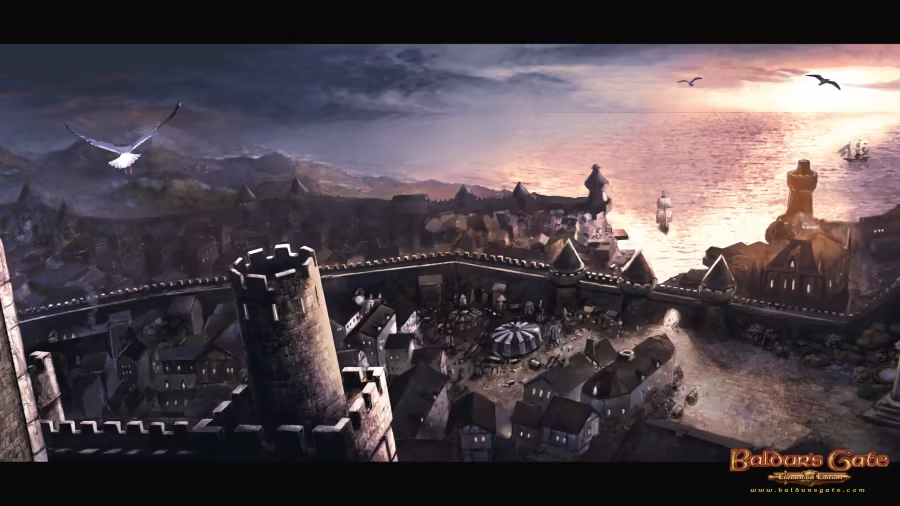Eldritch Knight Throwing Build in Baldur's Gate 3: Mastering Melee and Spellcasting
Highlights
- The Eldritch Knight is a versatile class that combines melee combat with spellcasting, making it a popular choice in Baldur's Gate 3.
- There are different ways to allocate stats and builds for an Eldritch Knight and a level 1 Wizard, each with their own advantages and disadvantages.
- The choice of build depends on personal playstyle and preferences, and experimentation is key to finding the best build for individual players.
The Eldritch Knight is a versatile class that combines melee combat with spellcasting, making it a popular choice for many players in Baldur's Gate 3. One question that often arises is whether it's viable to have an Eldritch Knight at level 11 and a level 1 Wizard, and where to allocate stats. There are several possible solutions to this question, each with their own advantages and disadvantages.

One solution is to go with a dedicated melee class and make another character a dedicated caster. This approach allows for more specialization in either melee or spellcasting, but may not allow for as much versatility as an Eldritch Knight build. For example, you could create a level 11 Eldritch Knight and a level 1 Wizard, with the Wizard focused solely on spellcasting. This would allow the Eldritch Knight to focus on melee combat while the Wizard provides support with spells. However, this approach may not be as flexible as an Eldritch Knight build, as the Eldritch Knight has the ability to switch between melee and spellcasting on the fly.
Another solution is to go with the Eldritch Knight build, but be aware that the number of spells available may be limited due to the capping of spells based on overall caster class. In this case, it may be beneficial to allocate stats towards Intelligence to increase spellcasting ability. This approach allows for more versatility in spellcasting, but may sacrifice some melee combat abilities. It's important to note that the Eldritch Knight's spellcasting abilities are already quite strong, so this approach may not be necessary for all players.
A third solution is to consider other classes that allow for more spellcasting and versatility, such as the Pact of the Blade Warlock, College of Swords Bard, or Paladin. These classes offer the ability to learn additional spells through scrolls or special abilities, while still maintaining a balance of melee and spellcasting abilities. For example, you could create a level 11 Eldritch Knight and a level 1 Pact of the Blade Warlock, with the Warlock focused on spellcasting and the Eldritch Knight focused on melee combat. This approach allows for more spellcasting versatility, but may sacrifice some melee combat abilities.
Ultimately, the choice of build will depend on personal playstyle and preferences. It may be helpful to experiment with different builds and see which one works best for the individual player. The Eldritch Knight is a versatile class that offers many options for players, so there's no one "right" way to build an Eldritch Knight. The key is to find a build that works for your playstyle and preferences, and that allows you to have fun playing the game.
Related Articles
Forge Guardian: Tips and Tricks for Surviving the Honor Mode in Baldur's Gate 3
Fling Gone Wrong: How to Save Your Romance in Baldur's Gate 3 Act 1
Shadow Lands Survival Guide: Navigating Turn-Based Mode in Baldur's Gate 3
FPS Counter in Baldur's Gate 3: Disable, Hide or Modify - Which Solution is Right for You?
Rolan's Disappearance: Solutions for a Smooth Ride in Baldur's Gate 3


